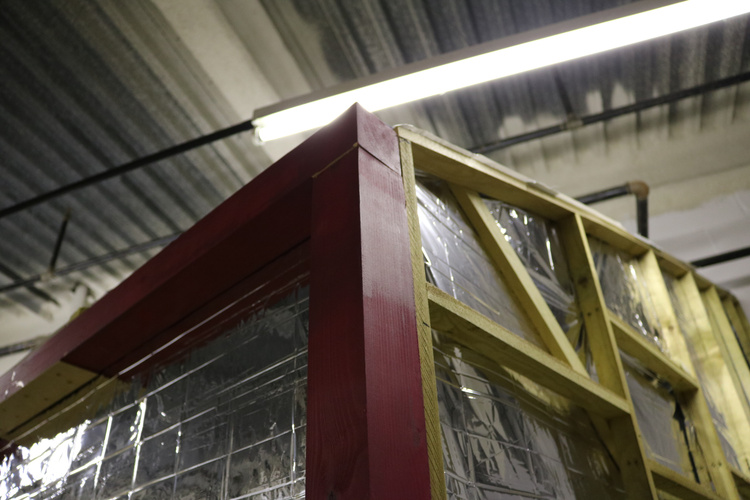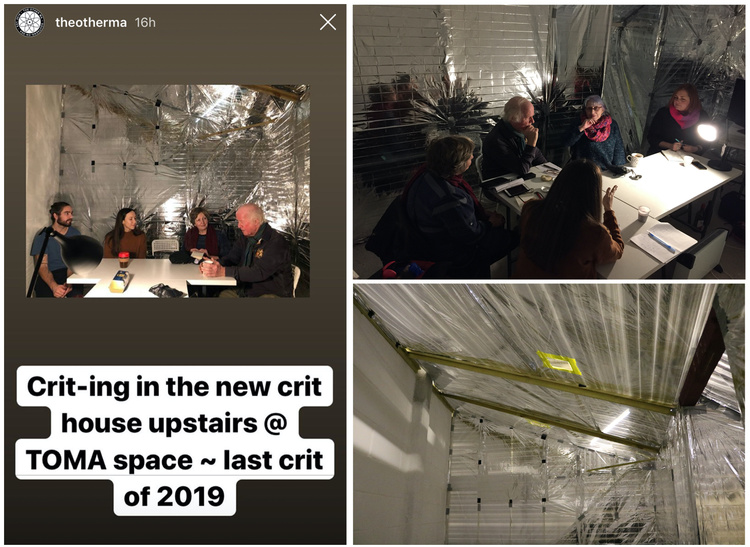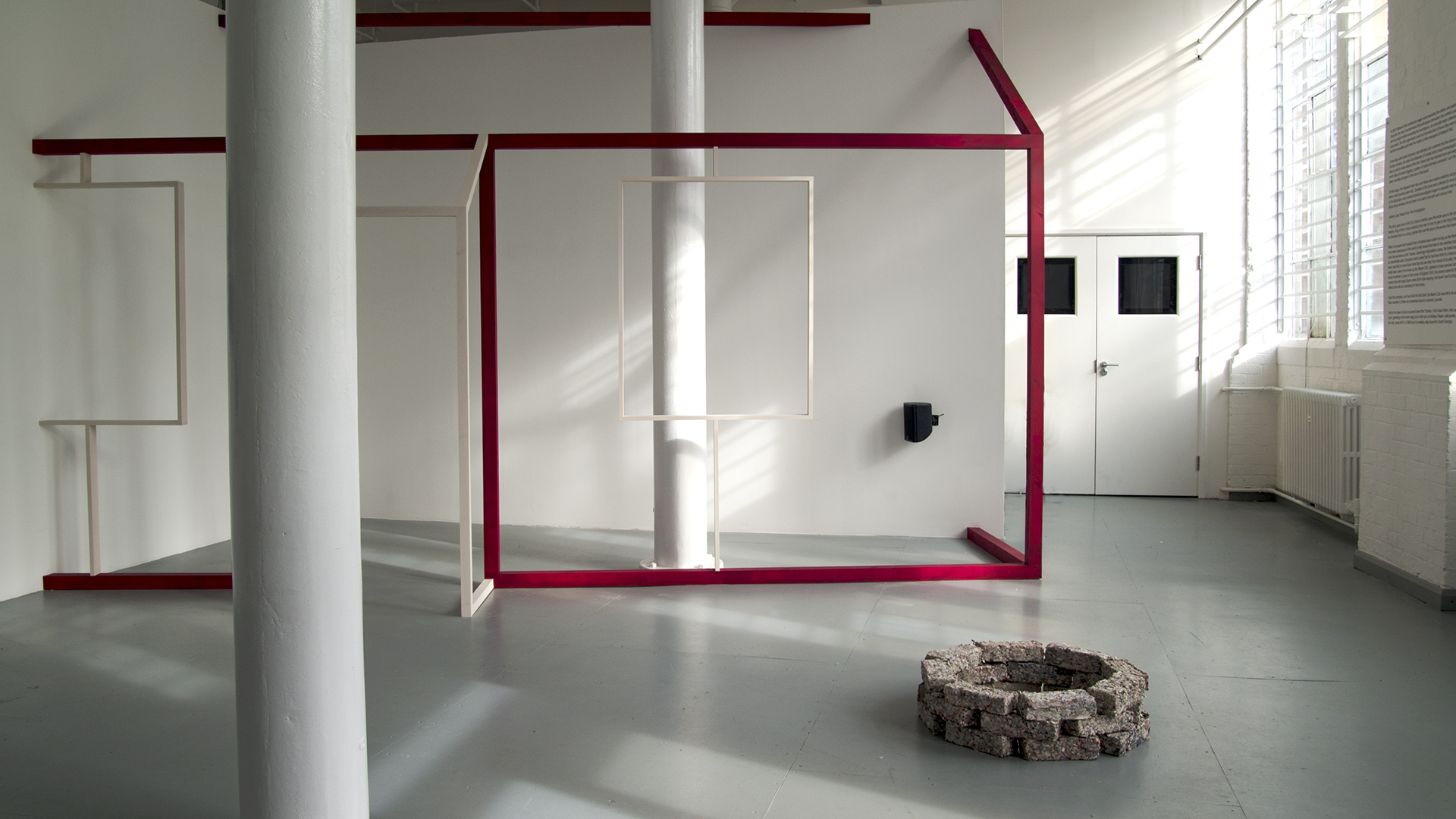
A Street Loud With Echoes continues South Kiosk’s long-term research project into the pioneering work of architecture critic Ian Nairn whose 1955 edition of Architectural Review revolutionised planning policy in the UK. Exploring post-war migration along the Thames, this final iteration of the project navigates along the river taking in the new towns and developments that epitomised post-war planning in the UK.
The exhibition takes in three areas along the Thames – Canary Wharf, Thamesmead and Basildon. Each provides its own foundation myth, a sense of identity that was constructed through the pencil of the architects and planners of the time who sought to erase old histories and replace them with new ones.
Maeve O’Neill’s large-scale photo collage documents the neoliberal fantasies of Canary Wharf’s architecture while providing a sense of the histories that existed before through its interrogation of the district’s edgelands.
Donald Harding’s installation, The Marshes, unfolds across the sprawling Thamesmead estates planned in the 1960’s to house labourers from the old East End. The work uses a horse breed popular amongst the traveller communities who have settled in the area as a way to explore the erasure of histories brought about by the area’s cycles of economic development.
Shaun C Badham’s work revisits the plotlanders in Essex; a radical DIY community who acquired plots of land through auction after the agricultural depression in the late 19th century. In 1949 Basildon was designated as a New Town; an act that led to the compulsory purchase and demolition of the Dunton Plotlands. Today you can still find bricks in the ground, in the form of foundations, boundary walls, wells and other Plotland remnants. The destruction of the tight-knit Plotland communities cemented the reputation of Basildon as the “town built on tears”. Badham’s work brings together a sculptural reconstruction of a plotland residence alongside a separate installation of bricks forged by ex-Plotland communities in Essex.
A Street Loud With Echoes is accompanied by a publication written and designed by architecture critic Carlos Romo Melgar.
Produced in partnership with The Old Waterworks, Southend-on-Sea, A Street Loud With Echoes also comprises a series of workshops with each of the contributing artists.
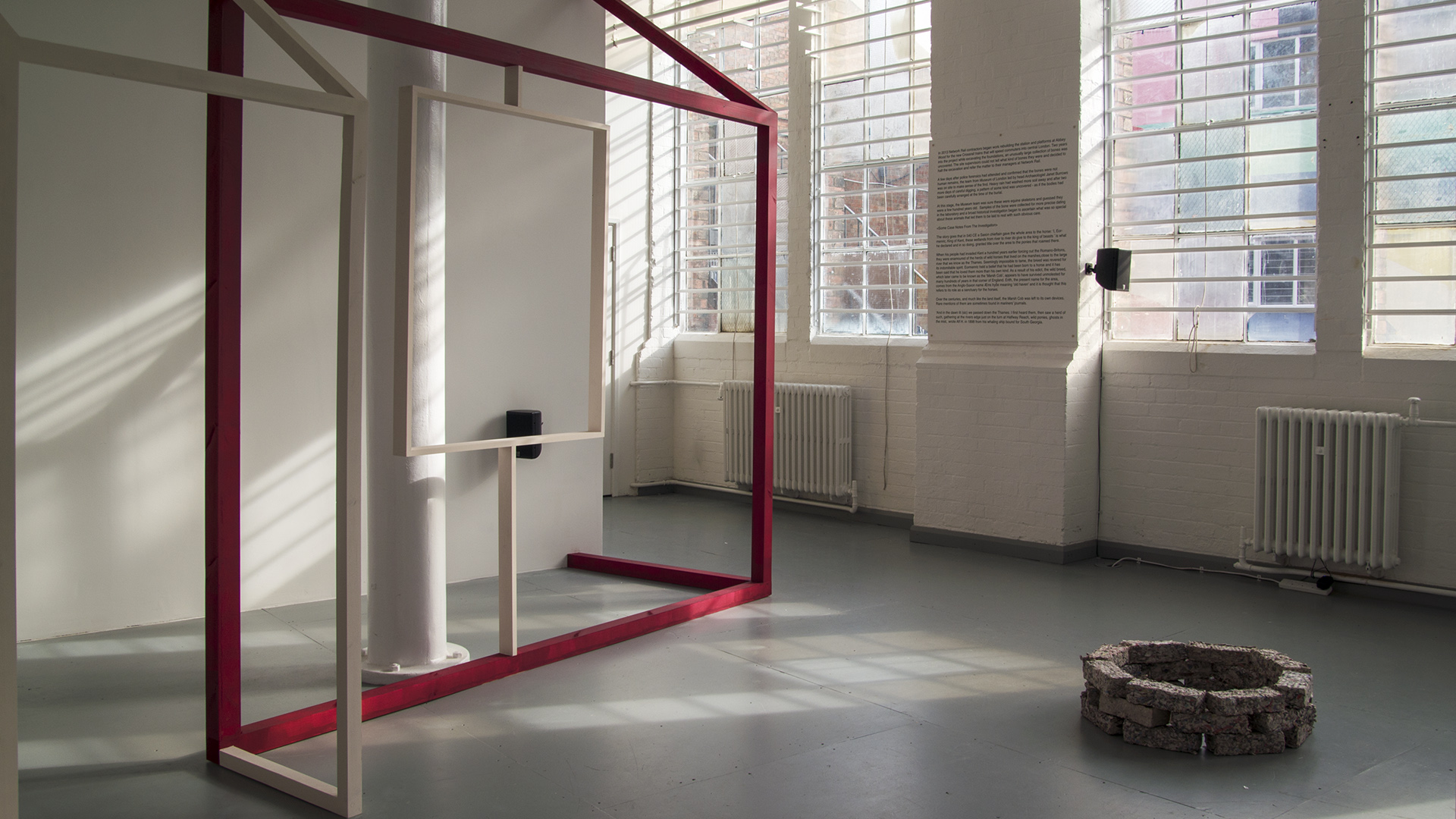
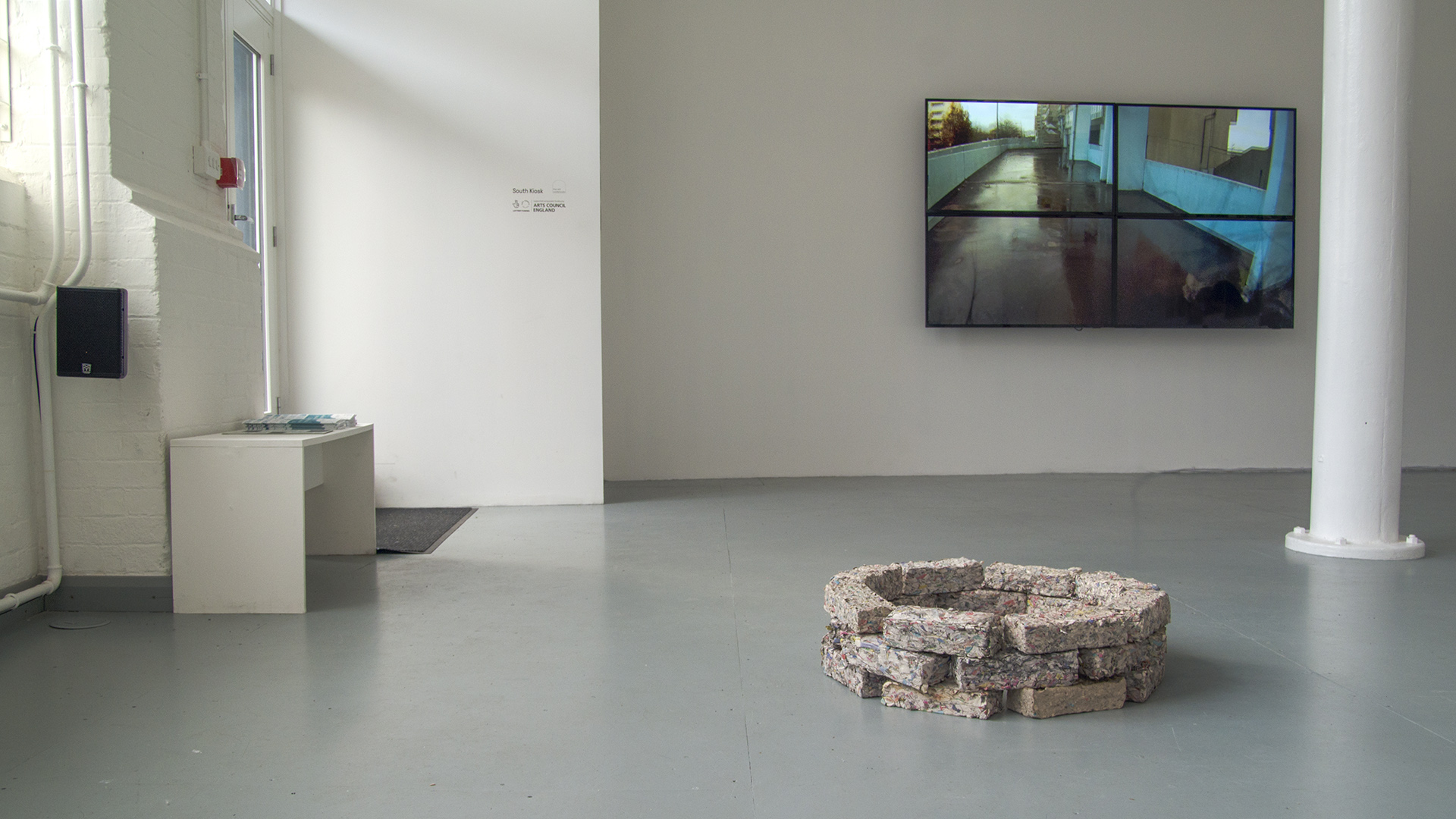
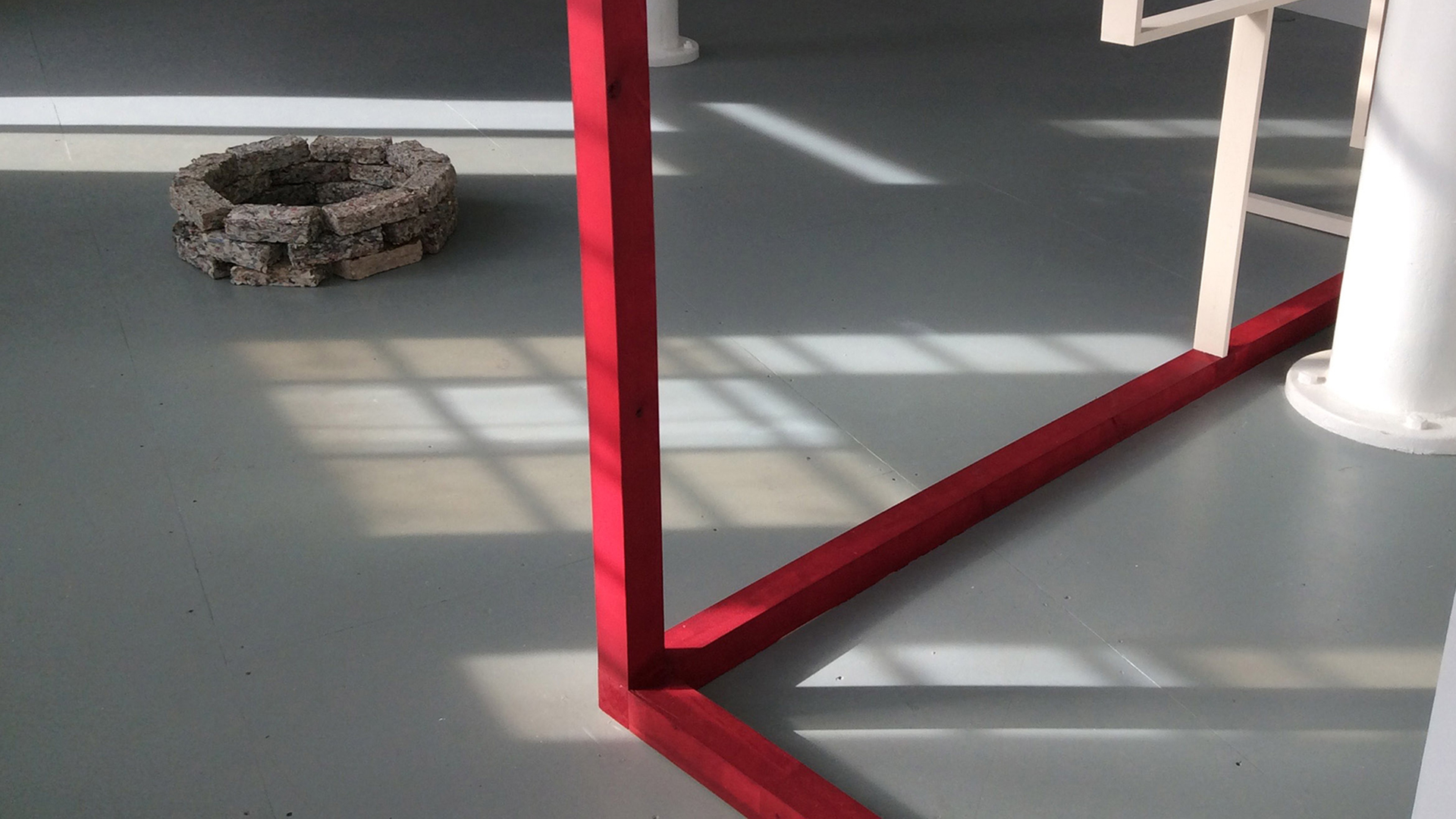


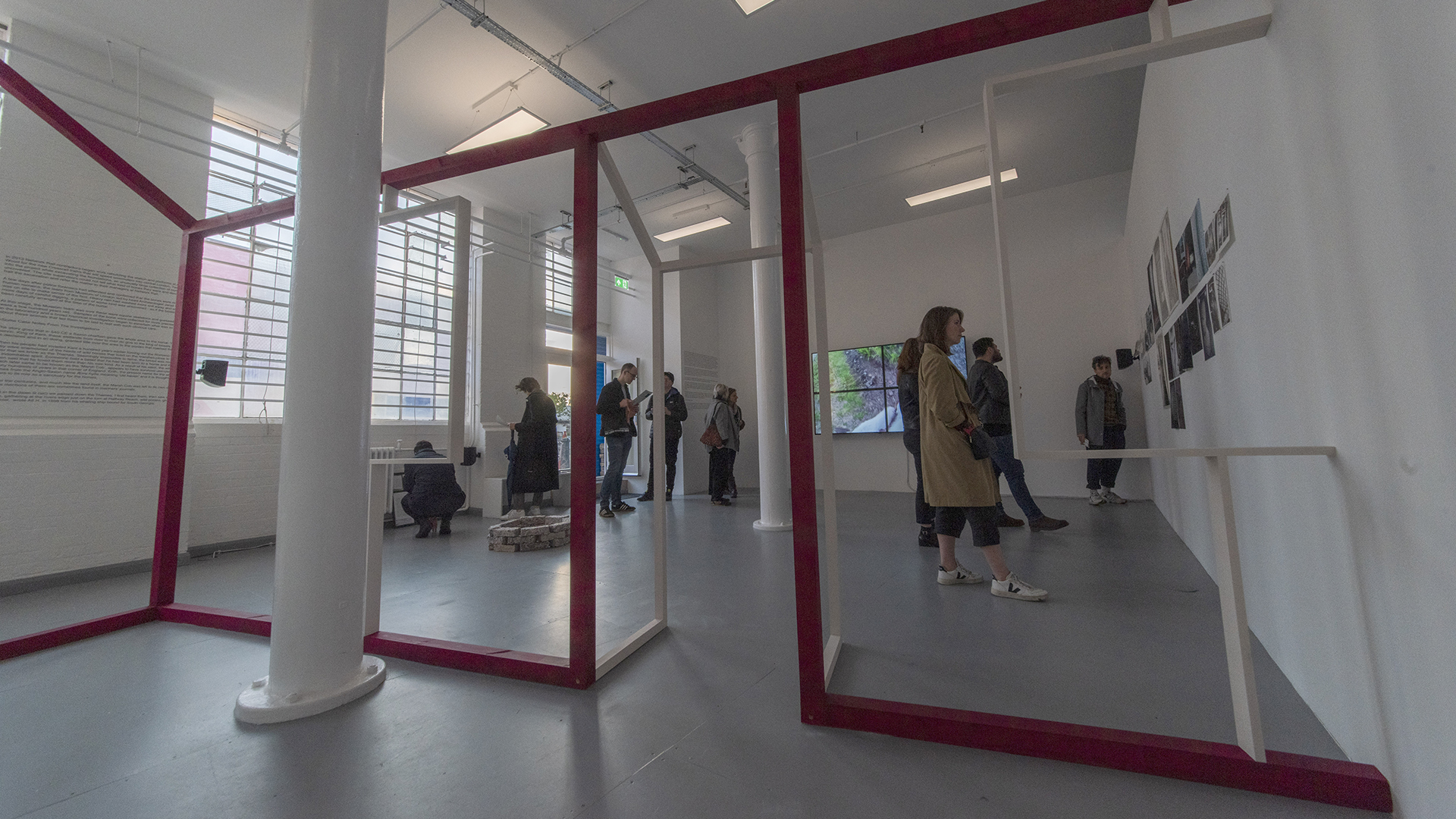

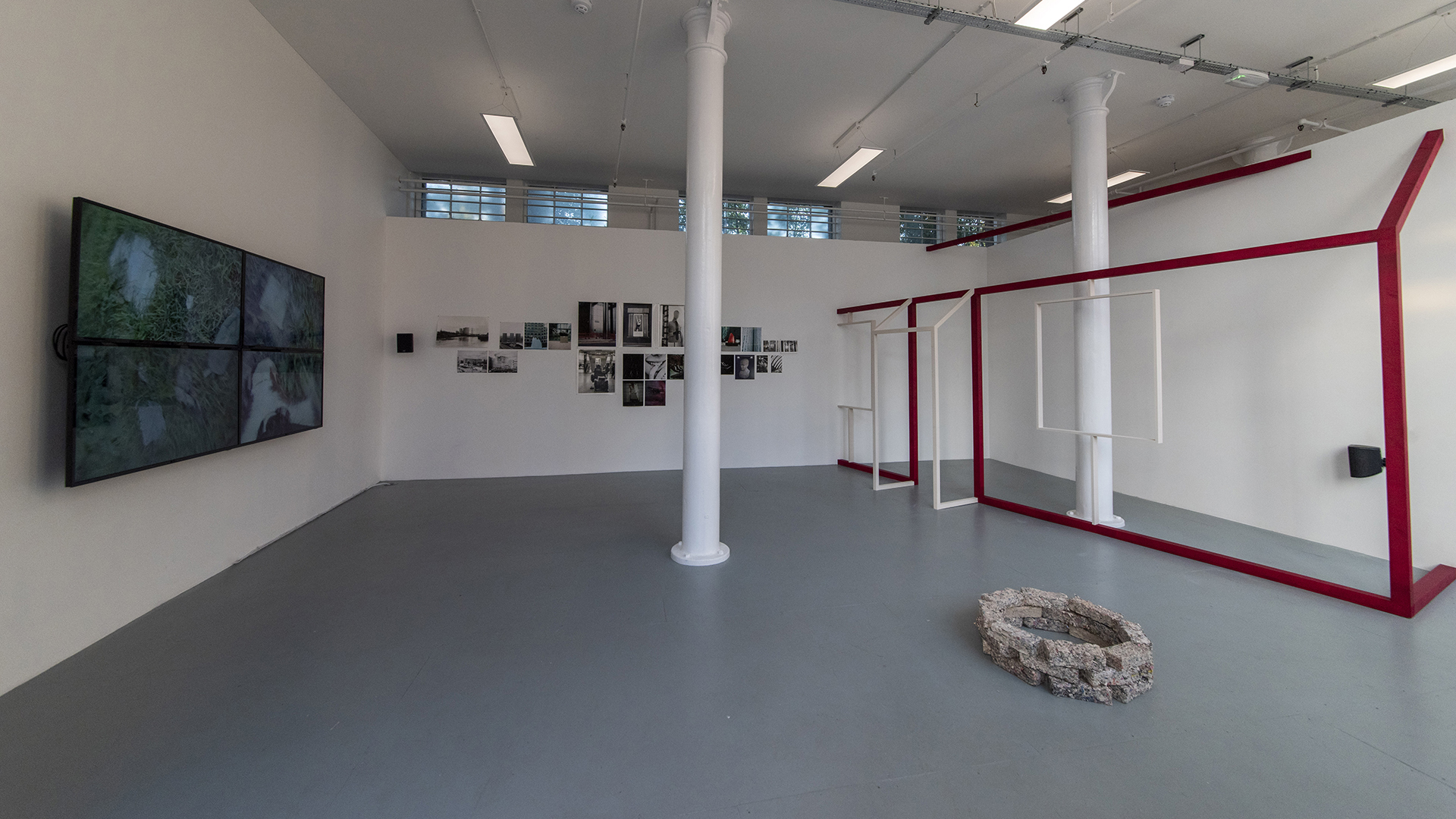
2019 to 2020
TOMA, Royals Shopping Centre
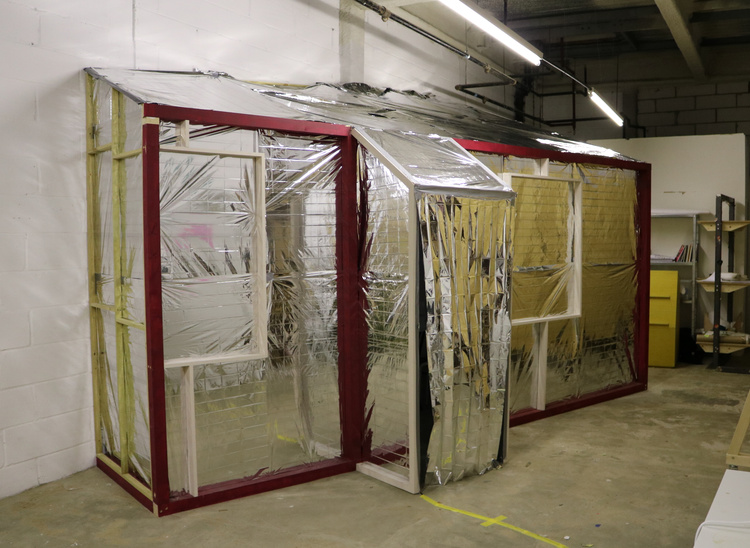
The Haven is a sculpture which is a near to scale replica of the original The Haven Plotland Museum in Basildon. The sculpture focuses primarily on the outline of the front facade of the building. The piece was originally exhibited at South Kiosk for the exhibition A Street Loud With Echoes. The Haven currently resides at its semi permanent home at TOMA upstairs work area, and is used as a space for meetings and group crits. The Haven sculpture has been wrapped in aluminium coated sheets, to encase warmth.
The Haven Plotland Museum currently exists at the Langdon Nature Reserve in Basildon and is described as:
"The Haven is the last of nearly 200 Plotlands homes that occupied the site now owned by the Essex Wildlife Trust. Owned by the Mills family since it was built in the 1930s, it was still standing when the Wildlife Trust took ownership of the reserve in the 1980s. The Haven was built by Frederick Mills and his wife Mena and they lived there with their two sons, Brian and Terry. Brian Mills also lived in the property with his family after his mother and father moved out of the area. The Plotland properties were built by families (mainly from London's East End) who bought individual plots. Although originally intended as holiday homes, the Second World War meant that many families came to live in their Plotland homes permanently. The Haven is now a museum, dedicated to showing people what life was like during the difficult years of the 1930s and 1940s."
The Haven Plotland Museum is the last plotland home to remain in the Dunton Area but not Basildon as a whole, Plotland bungalows can still be found on Laindon High Road and Dry Street area. Some Plotlanders attempted to architecturally deceive the Basildon Development Corporation (BDC) by using the technique of pebble dashing, to visually modernise their wooden bungalows.
Many Plotlanders received compulsive purchase orders between 1949 and the late 1980s, but the role of their land in Basildon New Town was sometimes not clear. Some Plotland land was built on and other areas were not such as Marks Hill, Victoria Park and Langdon Nature Reserve, all areas which have been allocated as green belt land. This does pose the question if the land was never intended to be used for building, why could the Plotlanders not have co-existed with the New Town?
During the period of BDC clearing the area and developing the New Town, two particular interventions appear significant, The Haven Plotland Museumand a book titled A Plotland Album The story of the Dunton Hills Communitywhich both have heavy BDC involvement.
The Basildon Development Corporation operated in Basildon until April 1986 when it was dissolved as an organisation. In May 1983 BDC prepared and created the book A Plotland Album, which tells the story of Basildons past and goes into great detail of the Dunton Hills community. In May 1984 BDC chairman Dame Elizabeth Coker opened The Haven Plotland Museum which aims to show what life was like for the Plotlanders during the 1930/40s. Simultaneously BDC were compulsive purchasing Plotland families including the Darwin family at the Halliford Plot on High Bank Drive, with correspondence letters dating 1983.
This shows BDC were still compulsive purchasing Plotland families while simultaneously creating a book and a museum to commemorate the same Plotland community. Did Basildon Development Corporation attempt to speed up the historisation of The Plotlanders?
The Haven Plotland Museum and the book A Plotland Album book both appear harmless and celebratory interventions but on closer inspection there is something more insidious lurking with the motivation of these pieces, something more manipulative.
The Haven Sculpture while at South Kiosk existed solely as a hollow frame, something ghostly, but has since transitioned into a space for congregation and sharing.

Left: Correspondence letter over the sale of Haliford, a bungalow, plot in the Basildon Plotlands. Image from Basildon Plotlands, The Londoners Rural Retreat by Deanna Walker, 2001.
Top right: A Plotland album, The story of the Dunton Hills Community by Basildon Development Corporation, 1983
Bottom right: The Haven Musum, Basildon SS16 6EJ.
